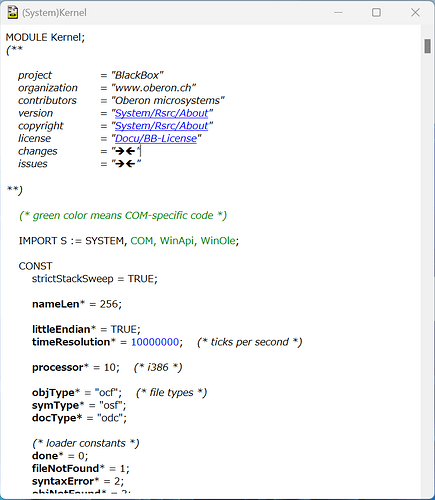In the Haiku style bot of these would require newlines after the case or the clising parenthese of the if. The code after the linebreak will then be properly aligned, and it won’t be so wide that it can’t fit on screen (especially if using multiple columns, for example in a side-by-side diff or if you just like to have multiple files visible at once).
It is not perfect, but it gives good enough results. And yes, I think it really helps that all the code is formatted the same.
You could make the same argument about syntax highlighting. Do you think that people should edit their code in StyledEdit and manually apply formatting? They could colorize different parts of the code differently, put really important code in bold or larger text, and so on. But, soon enough, you want some common rules so that all the code looks the same. And maybe you want some way to personalize it.
For synrax highlighting, this seems a strange question to ask. Why is it different for indentation?
And again, as I said, with or without tool, deviations from the style could be allowed. But there has to be a really good reason for it. I am not convinced by your example. I have to think about the syntax of the code a lot more. For example here is how I read your second example: my first thought is, is the break in that swich/case missing? Ah no, it’s there, but it’s in a strange place on the right. While thinking about that, I lose track of the semantics.
After years and years of reading code always formatted the same way, I am trained to subconsciously parse it. But this training is not as good as that of a C++ compiler, and I rely a lot on the indentation, the variable naming convention, etc. This allows me to navigate the codebase and understand the code quickly. Everything different from that convention disrupts that flow and requires me to switch to a slower, more careful parsing of the code to understand it.
Again, I am not absolutely opposed to deviations. But it has to be really, really worth that extra effort. In your examples, personally I think it isn’t.
